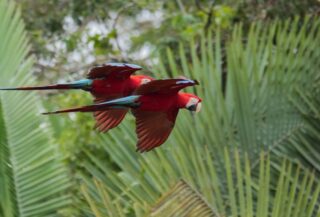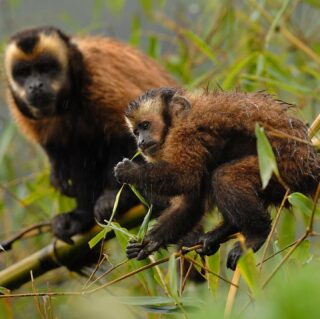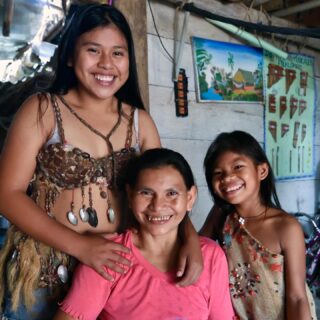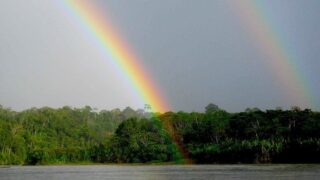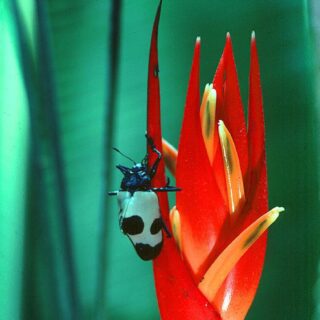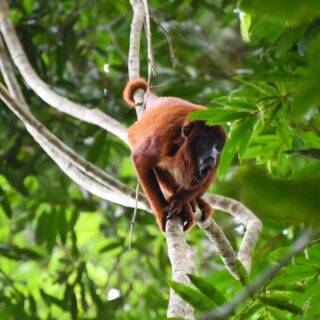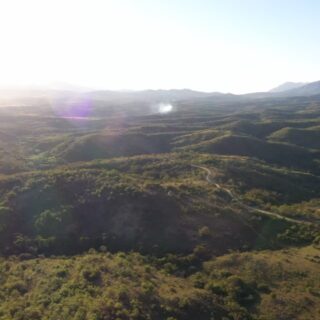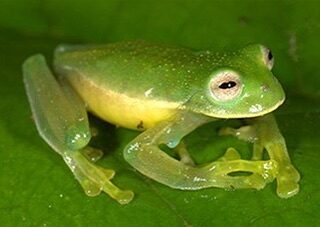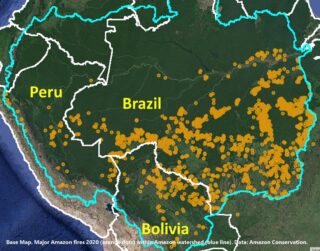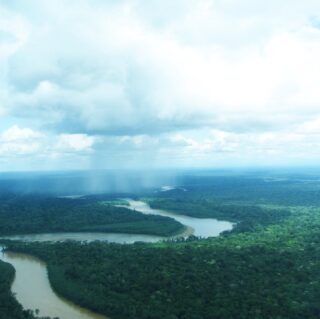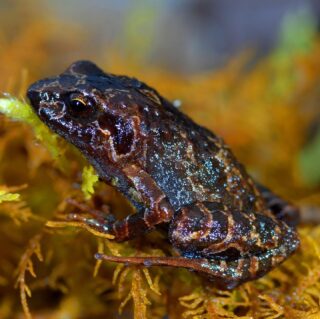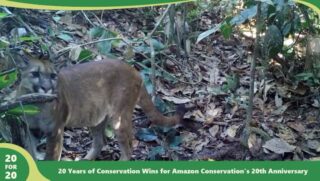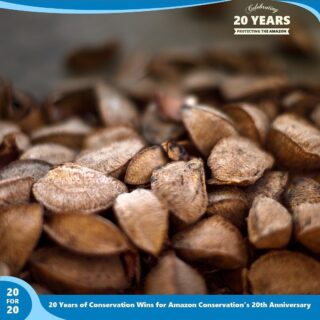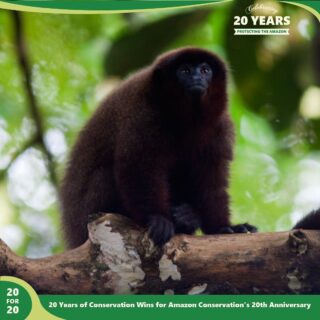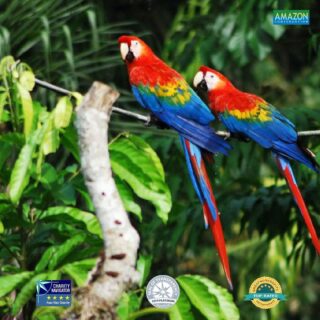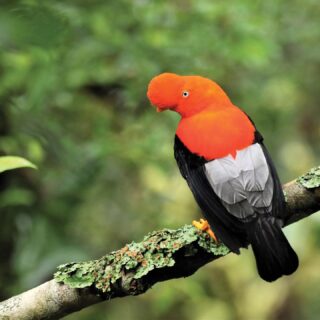As our 25th anniversary year comes to a close, we are reflecting not only on the forests we’ve protected but also on the people who inspire this work. These are the people who made this journey possible, the loved ones who inspired gifts in their honor or memory. Each donation tells a story of legacy, love, and values carried forward into the future.
One of the most heartfelt ways supporters have chosen to give is through tribute gifts, or donations made in honor or memory of someone special. They are more than donations; they are a way to say “thank you,” “I appreciate you,” or “your values live on through me.”
And during the holiday season, they’re also a beautiful, last‑minute gift idea. Instead of wrapping another item, you can surprise a loved one with a donation in their name that protects forests and uplifts communities.
Why Tribute Gifts Shine During the Holidays
- A perfect last‑minute gift. No shipping delays, no wrapping paper, just a heartfelt surprise that arrives instantly.
- A gift with impact. Tribute gifts protect forests and empower communities, carrying forward values that matter.
- A gift that honors relationships. Whether in memory or in honor, it’s a way to celebrate the people who inspire you.
How You Can Make Your Tribute
If you want to make a gift in honor or in memory of a loved one, you can do so at any time by checking the box labeled “Dedicate this donation” on our donation page. It’s a meaningful way to celebrate the holidays, honor someone important in your life, and protect forests for the future.
You and your community are helping us protect forests, uplift communities, and carry forward legacies that matter.
Stories of Honor and Memory
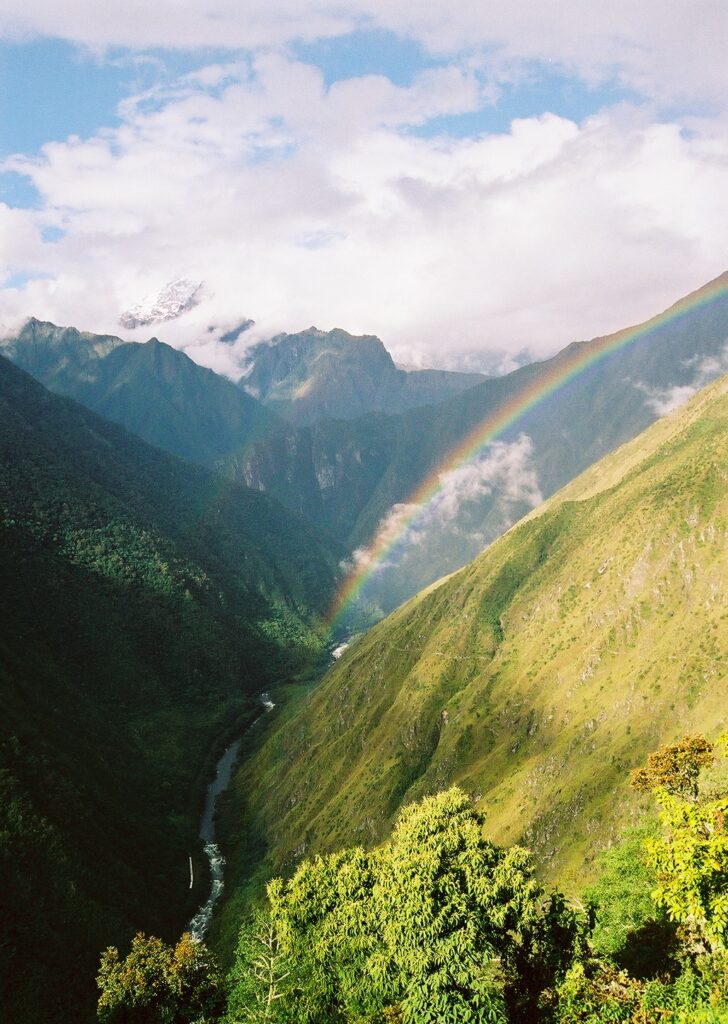
In preparation for our 25th anniversary this year, we invited donors like you to make a tribute gift in honor or in memory of a friend or loved one. Each gift carries a story to share with our community of conservationists, and we want to share those stories with you:
- In honor of Amy Rosenthal, from Pamela Rosenthal.
- In honor of Agiimaa Kruchkin, from Jonathan Bryan.
- In honor of Annika Haftenberger, from Leander Haftenberger.
- In honor of Ben Estep.
- In honor of Ben Tamir, from Tali Klein.
- In honor and appreciation of Benjamin Levy, from Judy M. Huey.
- In honor and admiration of Betty Dvorsin, from Judy M. Huey.
- In honor of Birgitta Silfverhielm.
- In memory of Bobby Berenson.
- In memory of Bobbie Hamilton, from Thomas E. Hamilton.
- In honor of Brendon.
- In memory of Camilo Gaitan, from Juliana Achury.
- In honor of Carole and Jay Pershing, from Mary Pershing.
- In honor of Célèste, from Isabelle Sene.
- In honor of Charliy Erber.
- In honor of Chico.
- In honor of Chloe O’Gara, from Kate Malachowski.
- In honor of Christine Stinette, from Nicole Ford.
- In honor of Christopher Morris.
- In honor of Dana Novotny, from Michael R. Dalton.
- In memory of David Kappel, from Arlene Roth.
- In honor of Dominic Bianchi, from Gloria Paul.
- In honor of Don and Heather Ross, from Jenna Ross.
- In honor of Dorothy Tobin, from Benita J. Stambler.
- In honor of Draco Lawrence, from Anisa Valdez.
- In honor of Ed Esposito, from Stephen A. Esposito.
- In honor of Edith Kleiner, from Jillian Kleiner.
- In honor of Elijah Bradley, from Cami Bradley.
- In honor of Eliza, Georgia, and Katherine, from Lydia Shrestha.
- In honor of Eliza Rey, from Kenneth Swearengen.
- In honor of Engineers for a Sustainable World at UT Austin, from Suveda Sannidhi.
- In honor of Eric Baker and Bridget, Andy, Harriet, and Imogen Baker-White, from Bernadette M. Baker.
- In honor of Mr. Erik Baity, from Reginald Beatty.
- In honor of Eva Breznik, from Dejan Mec.
- In honor of Fated to Love You, a Chasing the Comet novel, from Kayla Cunningham.
- In honor of “The Fellas,” from David Yarus.
- In honor of Gastronzo, from Simona Ciccarini.
- In honor of Mr. and Mrs. Glen Baity, from Reginald Beatty.
- In honor of Grace Auyeung, from John C. Webster.
- In honor of Grandmother Ayahuasca, from Asger Hallgreen.
- In memory of Gustavo Fonesca, from Katrina Carter.
- In honor of Heather Hutchison, from Diane Richmond.
- In honor of Helene Lange, from Maximilian Muhle.
- In honor of Ida and Senai, from Sanya Folkesson.
- In honor of Indigo Maazel, from Fiona Maazel.
- In honor of James Briggs, from Pauline Sainsbury.
- In honor of Jane, from Peggy Holton.
- In memory of Jane Bachman, from Paul Bachman.
- In honor of Jane Vondrashek, from Cathy Geist.
- In honor of Jess and Rachel Riddle.
- In honor of Jill Caviglia-Harris, from Maria J. Gonzalez Ramirez.
- In memory of Jim “Jimmy” Parlee, from Mary E. Patterson.
- In honor of Jo Butterworth, from Joe Butterworth.
- In honor of Joe Slowbo.
- In memory of Dr. John W. Aiken, Friend and Mentor, from Tony Tomei.
- In honor of Joshua Brunisholz.
- In honor of Dr. Katrin Schrenk-Siemens.
- In honor of Kierstin Sieser.
- In honor of Kiyoka Akimoto, from Michael Jitosho.
- In honor of Lao Ye, from Evelyn Cao.
- In honor of Lauren, Oliver, Nastasia, Bibi, and Dani, from Pascal Besman.
- In memory of Lauren Avezzie, from The Lauren E. Avezzie Charitable Foundation.
- In honor of Liam Neeley-Brown, from Andrew Schaefer.
- In honor of Lilli Jones, from Christopher Jones.
- In honor of Lucia, Allison, Katie, and Kaia, from Delilah Flores.
- In honor of Lucidalva Boeri, from Yolanda Martin.
- In memory of Lucy Boeri.
- In memory of Dr. M. Anthony Reddy, from Manojkumar Saranathan.
- In honor of M. Anthony Reddy, from Hannah Greene.
- In honor of Madeline Compton.
- In memory of Marjorie Janice Rogalski, Environmentalist, from Richard Rogalski.
- In honor of Matt Hildebrans, from Laura Miller.
- In memory of M. E. Costello.
- In honor of our friend, Meghan Chapple.
- In honor of Mestre Cupijo, from Matteo Battistini.
- In honor of Michael Rodrigues, from Mark Rodrigues.
- In honor of Michelle Maidt, from Karen Von Der Bruegge.
- In honor of Miko Takei, from Kevin Smith.
- In memory of Mohammed Javed.
- In honor of Mother Earth, from Paul Chadwell.
- In honor and appreciation of Miles Terrell, from Judy M. Huey.
- In memory of Muse, from Elizabeth Mersky.
- In honor of Nancy Lauria, from Benita J. Stambler.
- In honor of Nash Miller, from Holly B. Kvinge.
- In honor of Neal and Colleen Mathes, from Mary Michalak.
- In honor of Niamh Kelly.
- In honor of Nolan Saumure, “Seal On Tour,” from Justin Saumure.
- In honor of Ollie Hiett, from Angela Gledstone.
- In honor of Ollie Hiett, from Leah Dowse.
- In honor of Oliver Hiett, from Mili Saul.
- In honor of Papa.
- In honor of the people who care for parks and nature in my town and beyond.
- In honor of Peter Roberts, from Shelly Roberts.
- In honor of Philipp and Kat.
- In memory of Pickle Parrot, from Arlene Roth.
- In honor of Mr. and Mrs. Raymond Baity, from Reginald Beatty.
- In honor of Rebecca Callender, from Carla Callender.
- In honor of Reid Rumelt, from Cathy L. Burgess.
- In memory of Renee, Bob, and Murry Wolfson, from David Wolfson.
- In memory of Robert Marvin Gustafson, from Jon Gustafson.
- In honor of Roberta Buttau.
- In honor of Ronja Hermina Kastenbauer de Vries.
- In memory of Roxanne Barbeau.
- In honor of Ryan Howard, from Matthew Peters.
- In honor of Sam Irby.
- In honor of the SAN Voluntary Carbon Tax.
- In honor of Sonja Price, from Meredith Dinneen.
- In honor of SPAN 332.02 at Gonzaga University, from Rebecca Stephanis.
- In honor of Dr. Stephen Perz, from Tania Garcia-Solis.
- In honor of Steve Voorhees’s birthday and his caring and diligent work to save this planet, from Marion Marcovitz.
- In honor of Sylvia Work, from Sarah Work.
- In honor of Thaiza Romano, from Tamara Pires.
- In honor of Thomas Briggs, from Mark Sainsbury.
- In honor of Thomas Buechner.
- In memory of Trixie, from James M. Kahn.
- In memory of Verdi.
- In honor of William E. Hume, from William Bennett Hume.
- In honor of Youth Minds Group, NYC, from Elizabeth Fippinger.
- In honor of Yuting Cai, from Paul Johannes Schweigl.
- In honor of Zev Jacobs-Velde.
- In honor of Zev Jacobs-Velde, from Laurel Vander Velde.
- In honor of Zev Jacobs-Velde, from Leslie K. Rosen.
- In honor of Zev Jacobs-Velde, from Rebecca Goldfinger.
- In honor of Zoya Bhullar, from Navtej Bhullar.
Thank you to all who have inspired you, to all whose memory lives on, and to all who make the world a better place, one forest at a time.

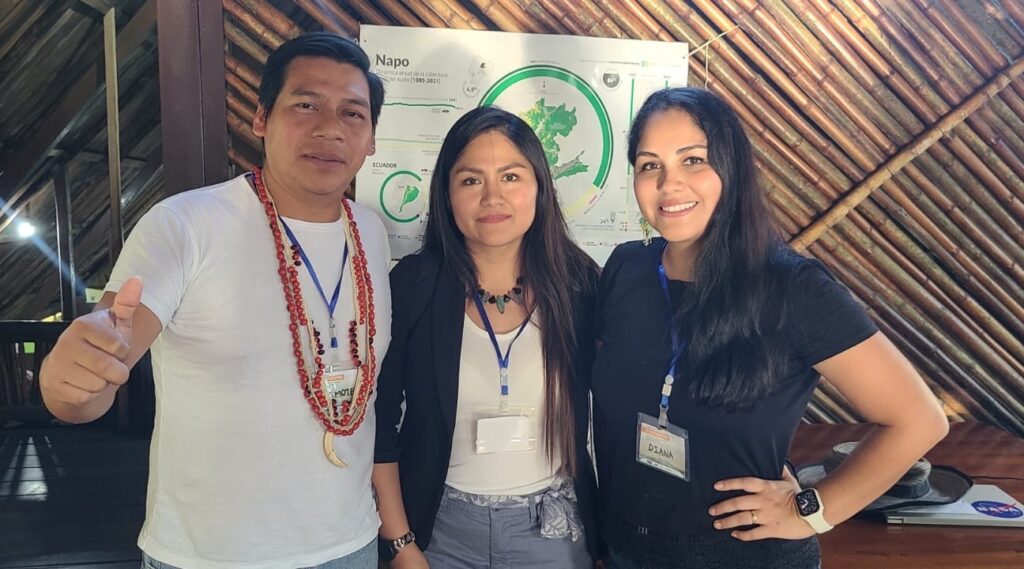
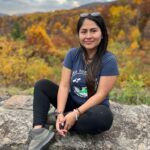

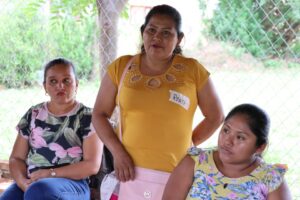
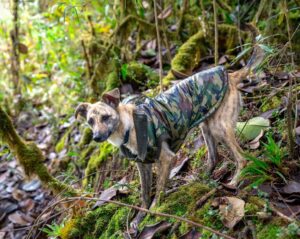 Charity Watchdog organizations independently review a charity’s financial records, accountability practices, and results to help donors discern which organizations are the most effective and trustworthy.
Charity Watchdog organizations independently review a charity’s financial records, accountability practices, and results to help donors discern which organizations are the most effective and trustworthy.
 Meaning:
Meaning:  Meaning:
Meaning:  Meaning:
Meaning: 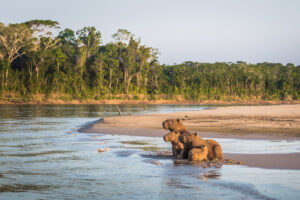 For donors who itemize (vs. taking the standard deduction):
For donors who itemize (vs. taking the standard deduction):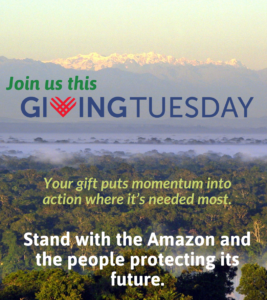 The Amazon faces mounting pressures—from deforestation and illegal mining to climate change. Using cutting-edge science and technology, local teams are tracking and responding to threats in real time. Your gift today fuels solutions with measurable impact on both forests and the people who depend on them.
The Amazon faces mounting pressures—from deforestation and illegal mining to climate change. Using cutting-edge science and technology, local teams are tracking and responding to threats in real time. Your gift today fuels solutions with measurable impact on both forests and the people who depend on them.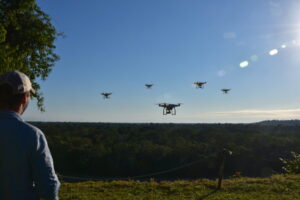 Protect vital ecosystems from growing pressures including agriculture, infrastructure, and resource extraction.
Protect vital ecosystems from growing pressures including agriculture, infrastructure, and resource extraction.
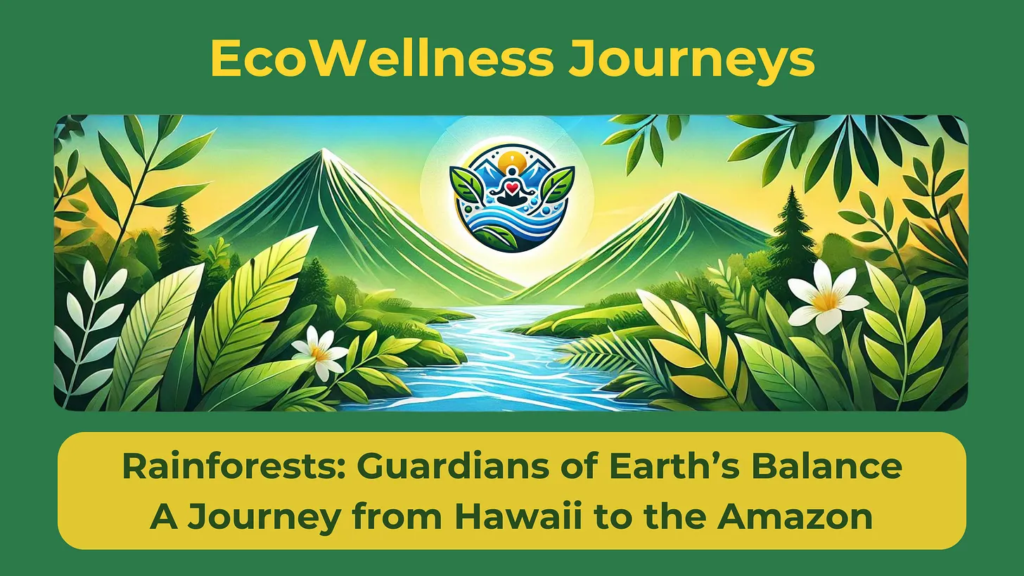
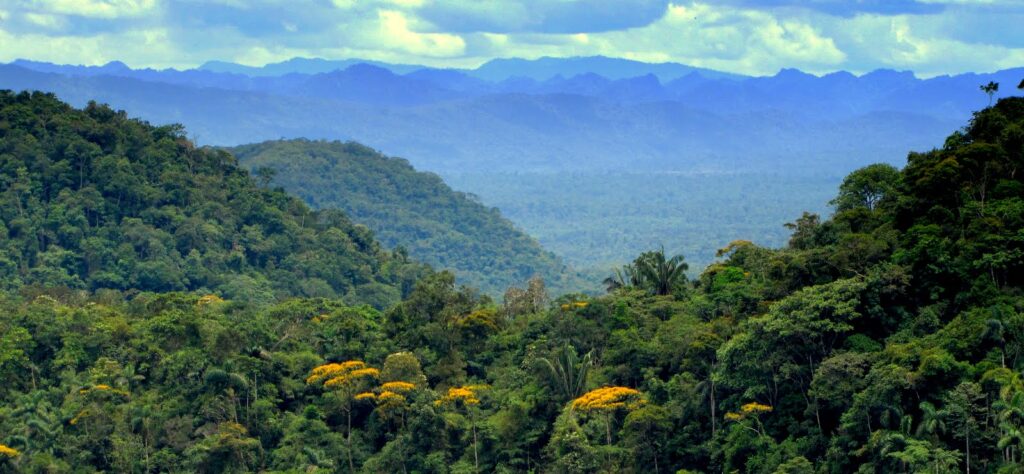 Green Friday is about more than shopping—it’s about supporting businesses that act with intention. By choosing partners who prioritize sustainability and platforms that make giving back easy, you’re helping protect the Amazon, strengthen local communities, and support a thriving, resilient planet for all.
Green Friday is about more than shopping—it’s about supporting businesses that act with intention. By choosing partners who prioritize sustainability and platforms that make giving back easy, you’re helping protect the Amazon, strengthen local communities, and support a thriving, resilient planet for all.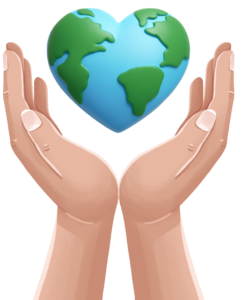 The result is a strategic collaboration that blends Murata’s concept, storytelling, and production with Amazon Conservation’s field-based knowledge to produce a visually rich, educational, and emotionally compelling series. Viewers are taken from Waimea Valley to the heart of the Amazon, exploring its biodiversity, learning from Indigenous stewards, and understanding the urgent need for action to protect this irreplaceable ecosystem for future generations.
The result is a strategic collaboration that blends Murata’s concept, storytelling, and production with Amazon Conservation’s field-based knowledge to produce a visually rich, educational, and emotionally compelling series. Viewers are taken from Waimea Valley to the heart of the Amazon, exploring its biodiversity, learning from Indigenous stewards, and understanding the urgent need for action to protect this irreplaceable ecosystem for future generations.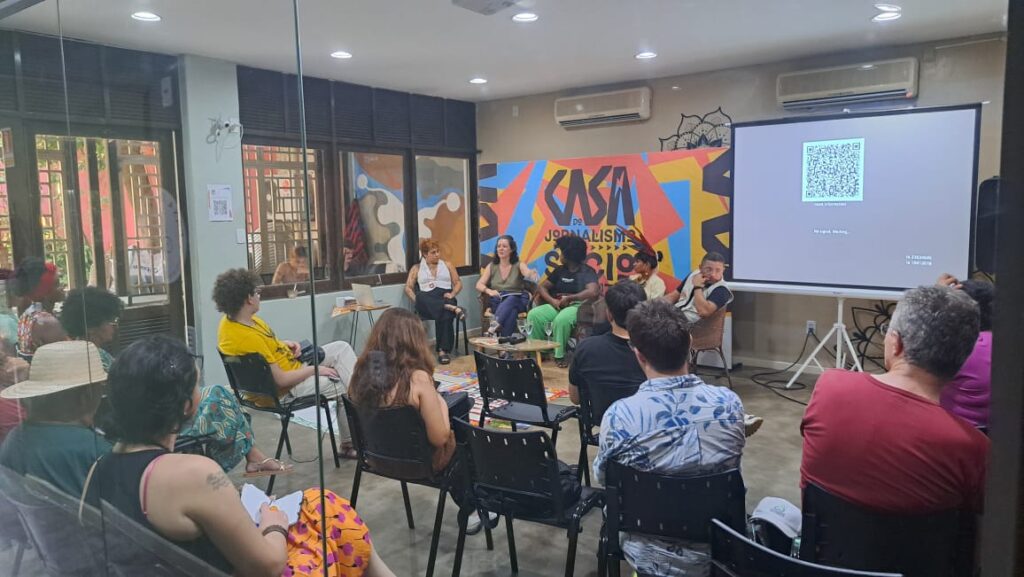

